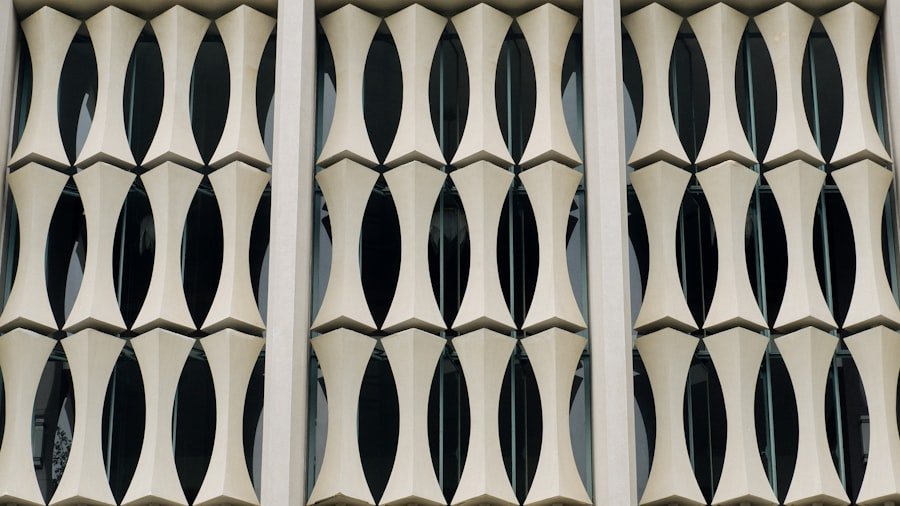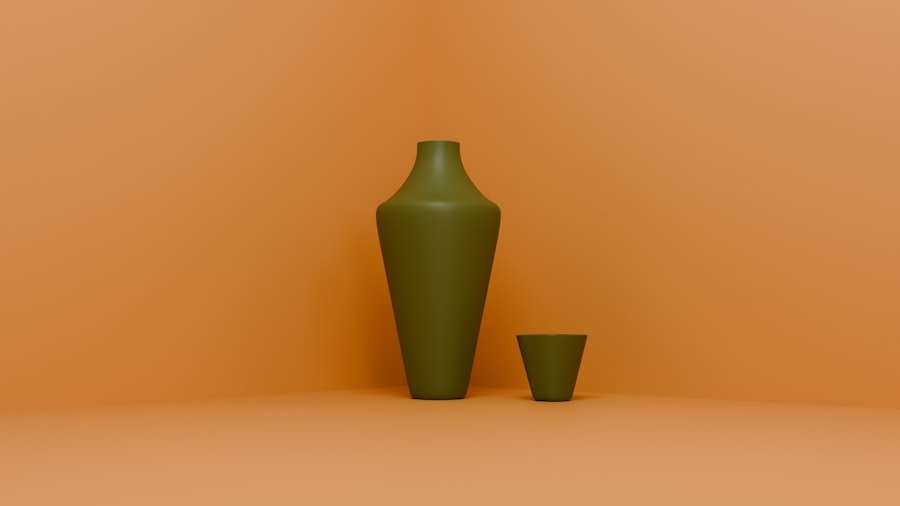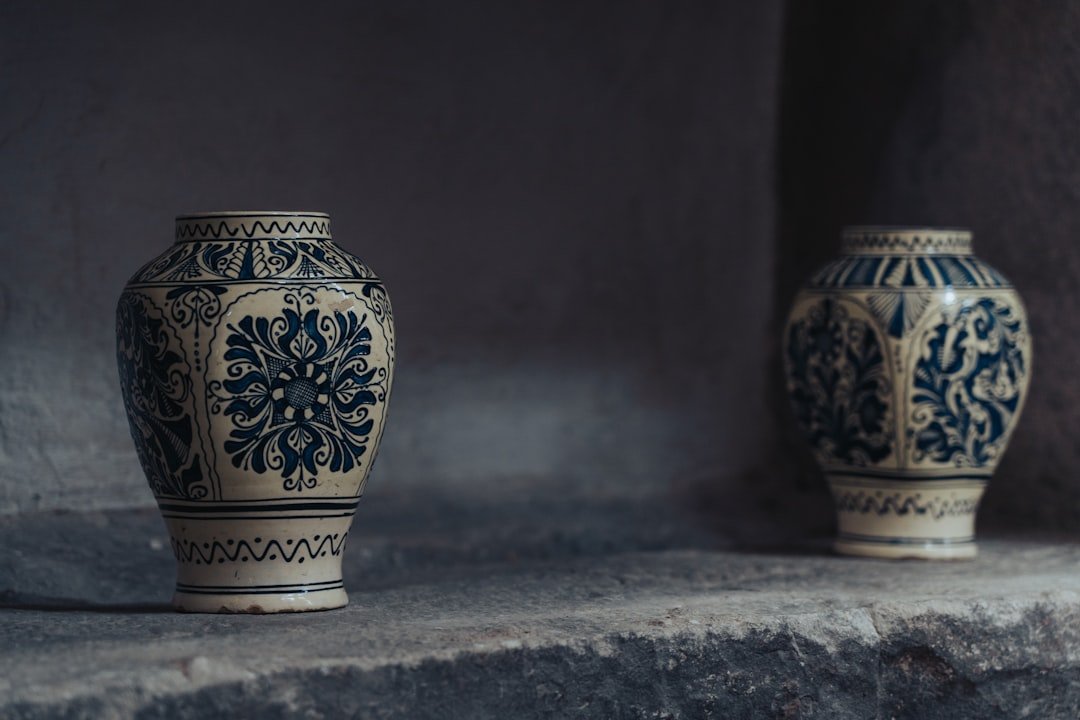This post may contain affiliate links. When you purchase through links on our site, we may earn an affiliate commission.
In the realm of interior design, the concept of texture plays a pivotal role in creating a space that is not only visually appealing but also inviting and comfortable. Textured home accessories serve as the finishing touches that can transform a bland room into a vibrant sanctuary. These accessories encompass a wide range of items, from cushions and throws to wall art and decorative objects, each contributing to the overall sensory experience of a home.
The tactile quality of these items can evoke emotions, influence mood, and even alter the perception of space, making them essential components in any thoughtfully designed interior. The rise of textured home accessories can be attributed to a growing appreciation for the sensory aspects of living environments. As people spend more time at home, especially in the wake of global events that have shifted lifestyles, there is an increasing desire to create spaces that reflect personal style while also providing comfort and warmth.
Textured accessories not only add depth and interest to a room but also invite touch, encouraging interaction with the environment. This article delves into the multifaceted world of textured home accessories, exploring their impact on decor, how to incorporate them effectively, and the various types available to enhance your living space.
Key Takeaways
- Textured home accessories add depth and visual interest to your space, creating a cozy and inviting atmosphere.
- Different textures can evoke different emotions and moods, so it’s important to consider the impact of texture on your home decor.
- Incorporate textured home accessories through layering, mixing materials, and adding tactile elements to create a dynamic and visually appealing space.
- Types of textured home accessories include woven baskets, knitted throws, ceramic vases, wooden sculptures, and plush rugs, among others.
- When choosing textures for your home, consider the overall style and color scheme of your space, as well as the tactile experience you want to create for yourself and your guests.
The Impact of Texture on Home Decor
Creating Visual Interest
interplay of different textures can create visual intrigue and depth, drawing the eye and inviting exploration. For instance, a smooth glass vase juxtaposed against a rough wooden table creates a dynamic contrast that enhances both elements. This layering of textures not only adds complexity to the design but also helps to define different areas within an open space, guiding the flow of movement and interaction.
Eliciting Emotions and Moods
Moreover, texture can evoke specific feelings and moods within a space. Soft, plush fabrics like velvet or chenille can instill a sense of coziness and warmth, making a room feel more inviting. In contrast, sleek metals or polished stones may impart a modern, sophisticated vibe. The choice of textures can also reflect personal style; for example, rustic textures such as burlap or reclaimed wood may resonate with those who favor a farmhouse aesthetic, while smooth, minimalist designs might appeal to fans of contemporary decor.
Curating Environments
Understanding how texture influences perception allows homeowners to curate environments that align with their desired emotional responses.
Incorporating Textured Home Accessories into Your Space

Incorporating textured home accessories into your space requires a thoughtful approach that considers both aesthetics and functionality. One effective strategy is to start with a neutral base—walls painted in soft whites or muted tones provide an ideal backdrop for showcasing textured elements. Once the foundation is established, layering various textures becomes essential.
For instance, introducing a chunky knit throw over a sleek leather sofa can create an inviting contrast that encourages relaxation. Similarly, mixing patterned cushions with different fabric textures can add visual interest without overwhelming the space. Another important aspect of incorporating texture is balance.
While it’s tempting to fill a room with an array of textured items, achieving harmony is crucial for a cohesive look. Consider using a focal point—such as a textured area rug or an oversized piece of wall art—to anchor the design. Surround this focal point with complementary textures that enhance rather than compete with it.
For example, if your focal point is a woven wall hanging, you might choose smooth ceramic vases or metallic accents to create a balanced composition that draws the eye without creating chaos.
Types of Textured Home Accessories
| Accessory Type | Material | Color | Size |
|---|---|---|---|
| Rugs | Wool | Beige | 5’x7′ |
| Pillows | Cotton | Blue | 18″x18″ |
| Throws | Acrylic | Gray | 50″x60″ |
The world of textured home accessories is vast and varied, encompassing an array of materials and styles that cater to diverse tastes. Fabrics are perhaps the most common source of texture in home decor; items such as throw pillows, blankets, and curtains can be found in countless textures ranging from soft cottons and luxurious silks to rugged linens and cozy wools. Each fabric type brings its own unique feel and aesthetic appeal, allowing homeowners to express their individuality through their choices.
Beyond textiles, other materials also contribute significantly to the texture landscape. Natural elements like wood and stone offer organic textures that can ground a space and connect it to nature. A reclaimed wood coffee table or a stone sculpture can serve as striking focal points while adding warmth and character.
Additionally, ceramics and glass provide opportunities for varied textures; hand-thrown pottery often features irregular surfaces that add artisanal charm, while sleek glass vases can introduce a modern touch. The interplay between these different materials creates layers of texture that enrich the overall design narrative.
Choosing the Right Textures for Your Home
Selecting the right textures for your home involves considering both personal preferences and the overall design scheme. One effective method is to create a mood board that showcases various textures alongside color palettes and furniture styles. This visual representation can help clarify how different textures will interact within your space.
For instance, if you’re aiming for a bohemian vibe, you might incorporate macramé wall hangings, woven baskets, and soft textiles in earthy tones to create an inviting atmosphere. It’s also essential to consider the practical aspects of texture selection. High-traffic areas may benefit from durable textures that withstand wear and tear, such as outdoor fabrics or tightly woven rugs.
Conversely, softer textures may be more suitable for bedrooms or reading nooks where comfort is paramount. Additionally, think about how light interacts with different textures; matte finishes absorb light while glossy surfaces reflect it, influencing how colors appear throughout the day. By thoughtfully selecting textures based on both aesthetic desires and functional needs, homeowners can create harmonious environments that are both beautiful and livable.
DIY Textured Home Accessories

For those who enjoy crafting or wish to personalize their decor further, DIY textured home accessories offer an exciting avenue for creativity. Creating your own textured pieces allows you to tailor them specifically to your style and needs while also adding a unique touch to your home. One popular DIY project involves making textured wall art using materials like fabric scraps or natural elements such as twigs and leaves.
By layering these materials onto a canvas or wooden board, you can create visually striking pieces that serve as conversation starters. Another engaging DIY project is creating custom throw pillows using various fabric swatches. By mixing different textures—such as velvet, linen, and faux fur—you can design pillows that not only enhance your decor but also provide tactile interest.
Sewing techniques like tufting or adding embellishments such as pom-poms or fringe can further elevate these accessories. Additionally, repurposing old furniture by adding textured paint or new upholstery can breathe new life into tired pieces while allowing you to experiment with different styles.
Styling Tips for Textured Home Accessories
Styling textured home accessories requires an understanding of balance and proportion to achieve an aesthetically pleasing arrangement. One effective approach is to use the “rule of three,” which suggests grouping items in odd numbers for visual interest. For example, when displaying textured vases on a shelf or table, consider using three pieces in varying heights and textures to create an engaging composition that draws the eye.
Layering is another key technique in styling textured accessories. This involves placing items at different levels—such as stacking books beneath decorative objects or using stands to elevate certain pieces—creating depth within your display. Additionally, consider incorporating negative space; leaving some areas free from clutter allows each textured accessory to stand out while contributing to an overall cohesive look.
By thoughtfully arranging these elements, you can create dynamic vignettes that showcase your unique style while enhancing the overall ambiance of your home.
Where to Find Trendy Textured Home Accessories
Finding trendy textured home accessories has never been easier thanks to the proliferation of online retailers and local boutiques specializing in unique decor items. Websites like Etsy offer a treasure trove of handmade goods from artisans around the world, allowing you to discover one-of-a-kind pieces that reflect your personal style. From handwoven baskets to intricately designed ceramics, Etsy provides endless options for those seeking distinctive textured accessories.
In addition to online shopping platforms, local thrift stores and flea markets are excellent sources for finding textured home accessories with character and history. Vintage items often feature unique textures that are hard to replicate in mass-produced goods; an antique wooden chair or a retro fabric lamp shade can add charm and depth to your decor. Furthermore, many larger retailers have begun embracing texture in their collections; stores like West Elm or Anthropologie frequently update their inventory with trendy textured items that cater to contemporary tastes.
By exploring various sources—both online and offline—you can curate a collection of textured accessories that truly reflects your style while enhancing your living space.
If you’re looking to transform your space with beautiful decorations, be sure to check out this article here. It offers great tips and ideas for creating a cozy and inviting atmosphere in your home. Pairing these decorations with textured home accessories for modern spaces can truly elevate the overall look and feel of your living area. Whether you’re hosting a holiday meal or simply looking to spruce up your home, these articles from A to Z Cozy Corner are sure to provide you with plenty of inspiration.
FAQs
What are textured home accessories?
Textured home accessories are decorative items for the home that have a tactile or visual texture, adding depth and interest to a space. These can include items such as throw pillows, rugs, vases, and wall art.
How can textured home accessories enhance a modern space?
Textured home accessories can add warmth and dimension to a modern space, which often features clean lines and minimalistic design. The addition of texture can soften the look and create a more inviting and cozy atmosphere.
What are some examples of textured home accessories?
Examples of textured home accessories include woven baskets, faux fur throws, ceramic vases with a tactile surface, textured wall hangings, and rugs with a raised pattern or shaggy texture.
How can textured home accessories be incorporated into a modern space?
Textured home accessories can be incorporated into a modern space by layering different textures, such as mixing a smooth leather sofa with a chunky knit throw, or adding a textured rug to a sleek hardwood floor. This creates visual interest and adds depth to the space.
Where can textured home accessories be purchased?
Textured home accessories can be purchased at home decor stores, furniture stores, online retailers, and specialty boutiques. Many retailers offer a wide range of options to suit different styles and budgets.

 using WordPress and
using WordPress and 
No responses yet